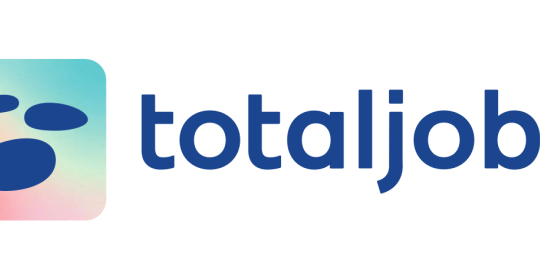- Job postings on Indeed down 30% from May 2022 peak, but still 9% above February 2020 levels
- Despite economic challenges, employers aren’t planning widespread job cuts, while jobseeker confidence is steady
- The UK continues to see much stronger wage growth pressures than the US and Euro Area
- The share of job postings mentioning remote or hybrid terms has dipped from 16.3% in May to 14.4%
- 24% of UK jobs face the highest level of potential exposure to Generative AI#
The UK labour market is gradually cooling off amid a challenging economic climate which looks set to continue in the new year, according to the 2024 UK Jobs & Hiring Trends Report from global matching and hiring platform Indeed.
The UK economy has faltered in the wake of higher interest rates needed to get inflation under control, while recession risks remain. Against this backdrop, employer hiring appetite has waned in recent months, though it remains stronger than pre-pandemic. As of 20 November, the Indeed Job Postings Index is down 30% from its May 2022 peak, but is still 9% above its 1 February 2020 baseline.
Many of the occupations with the largest year-on-year declines in job postings are associated with under-pressure consumer discretionary expenditure, including production, retail, distribution and consumer services. Construction meanwhile has been hit by a housing market slowdown as interest rates have risen.
Meanwhile, jobseekers remain reasonably confident in their ability to find a new position. Around 43% of survey respondents who were actively looking for a new job in September were confident they could find one in the next month, with sentiment having recovered after a dip at the start of the year.
Wage growth has likely peaked, but could prove to be stubborn
One of the key determinants for interest rates next year will be the persistence of wage growth, with the Bank of England expecting this to ease in 2024 amid a looser labour market.
The Indeed Wage Tracker signals a dip in posted wage growth to 7.0% year-on-year in October, down from 7.4% in June. But the UK continues to see much stronger wage growth pressures than the US and Euro Area.
Flexibility will remain a focus despite return-to-office calls
The prevailing post-pandemic job market has been a candidate-led one but the ongoing softening of labour demand spells a shift in the balance of power towards employers. Hybrid working is one example, with many companies having made return-to-office mandates over the past year. The share of job postings mentioning remote or hybrid terms has dipped from 16.3% in May to 14.4%, as of the end of October, but remains over three times higher than before the pandemic.
Jobseeker interest in remote and hybrid work remains high, with searches having risen tenfold from pre-pandemic levels. However, the remote/hybrid search share has fallen slightly to 2.5% in October from peaks of 3% in early 2023.
However, employers looking to recruit for in-person roles can offer other forms of flexibility. The share of job postings mentioning four-day work week arrangements has been rising, though at 0.8% remains a niche offering.
The share is highest (1%) among the least remote-friendly occupations (those with less than 10% of postings offering remote or hybrid), versus 0.7% for high-remote and 0.5% for medium-remote occupations. Job categories most likely to offer four-day weeks include healthcare, childcare, manufacturing and food service.
GenAI is already creating as well as disrupting jobs
Generative artificial intelligence (GenAI) is increasingly shaping the labour market landscape. An analysis of UK job postings data indicates that 24% of jobs face the highest level of potential exposure - meaning that GenAI can perform at least 80% of skills required for the job at a good level. 27% of jobs face the lowest potential exposure, meaning that less than 50% of skills can be performed by GenAI at a good level.
Jack Kennedy, Senior UK Economist at global matching and hiring platform Indeed, said: “The UK economy enters 2024 facing strong economic headwinds. But the labour market continues to show resilience and the imbalance of labour demand and supply is only gradually easing. The path to a soft landing remains open to the UK but there is still a long way to go and recession risks loom.
“Potential setbacks, such as inflationary pressures proving stickier than expected, could yet force the Bank of England to press harder on the brakes, which would in turn lead to a sharper slowdown than we’ve seen to date. For now though, the robustness of the labour market remains a rare economic bright spot as we head towards a general election year in which the economy’s fortunes will be under even heavier scrutiny than usual.
“Meanwhile, there are already signs of employers becoming less inclined to accede to the preferences of workers. Hybrid working is one example, with many companies having made return-to-office mandates over the past year. However, jobseeker interest in hybrid and remote roles remains high, so offering location flexibility will remain a powerful attraction and retention tool, particularly for smaller companies looking to compete for top talent with larger competitors.
“Of course, not all jobs can be done remotely. Employers looking to recruit for in-person roles can offer other forms of flexibility, for example via a four-day work week. While the share of job postings mentioning four-day work week arrangements has been rising, this is still only offered by a small pool of employers, so presents another tool for businesses to attract and retain talent.







